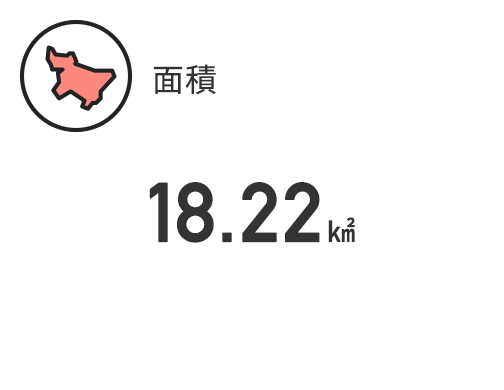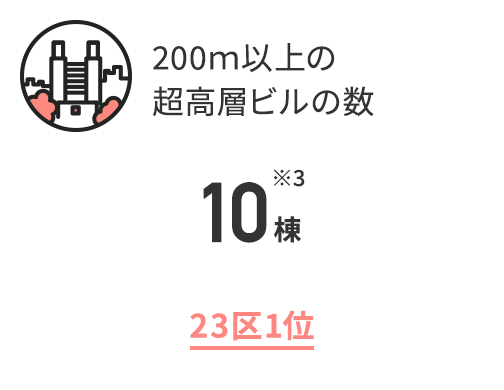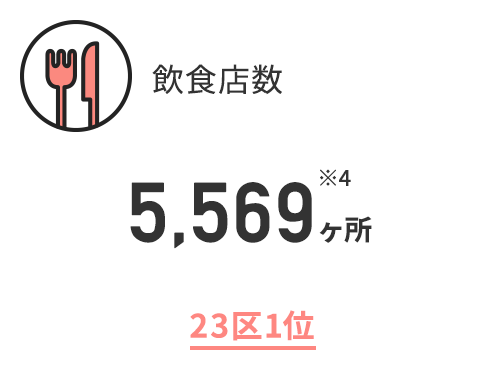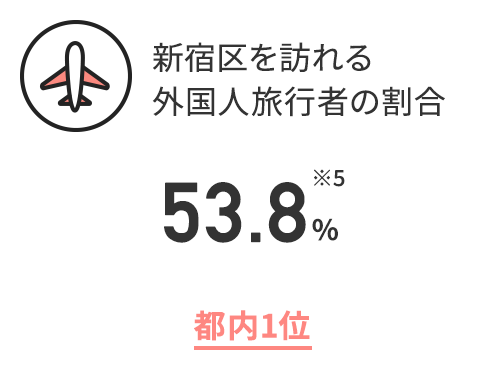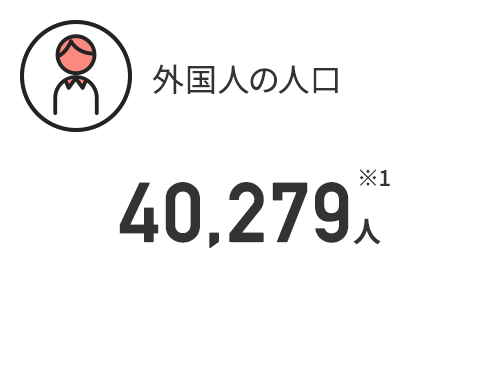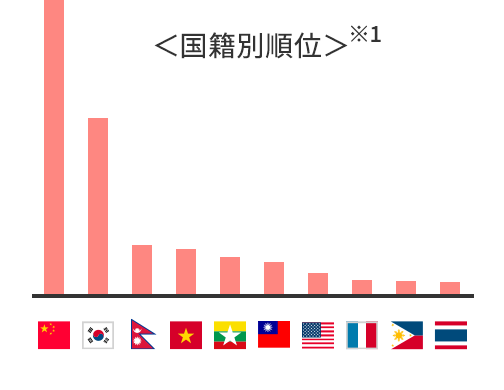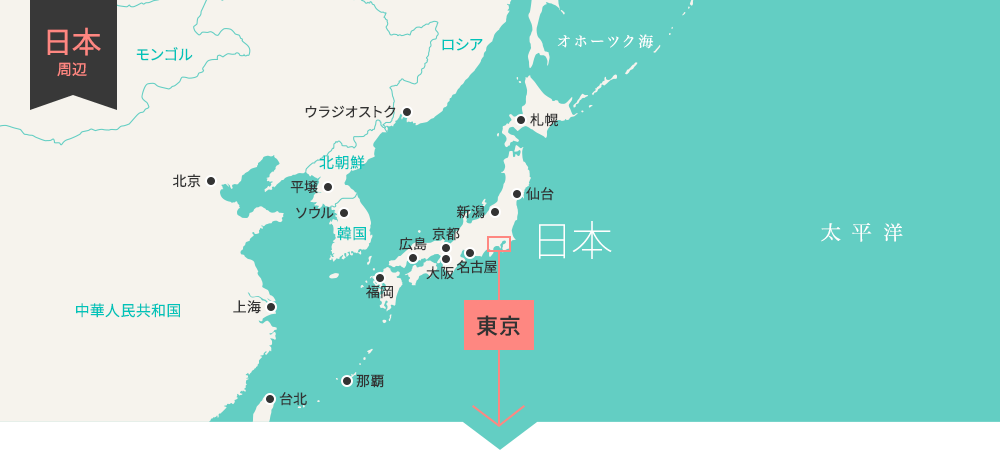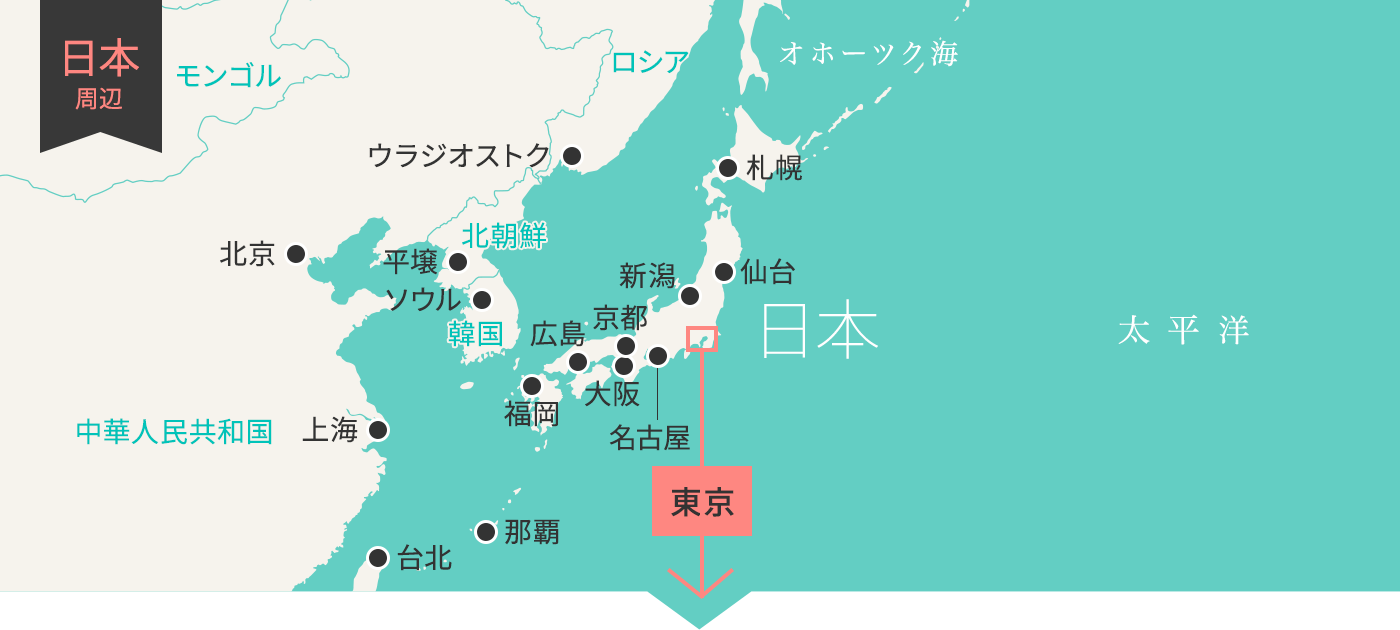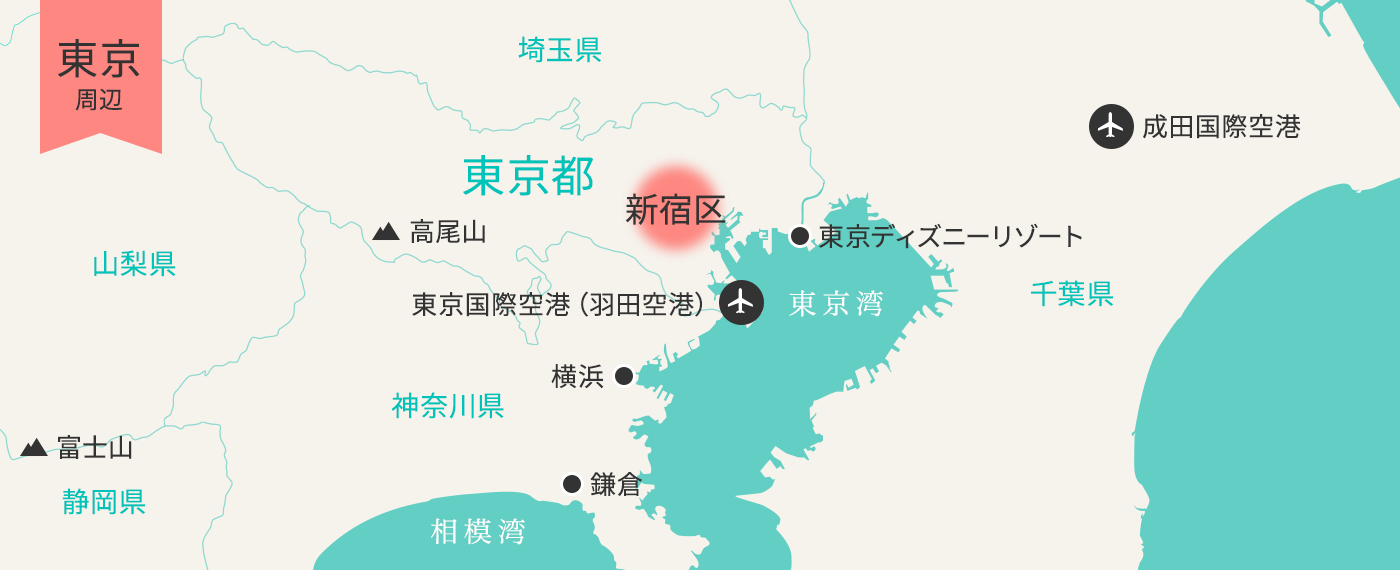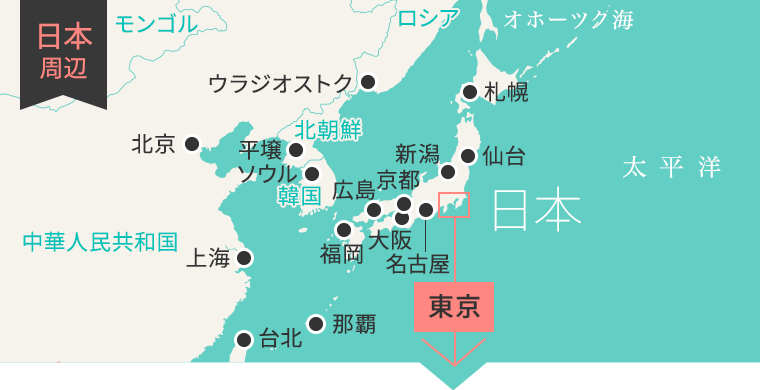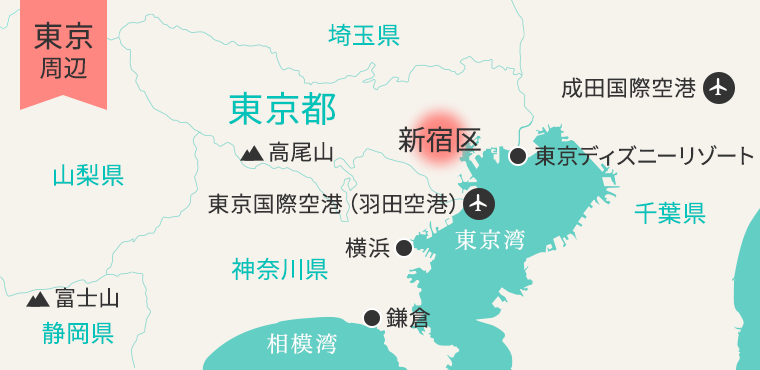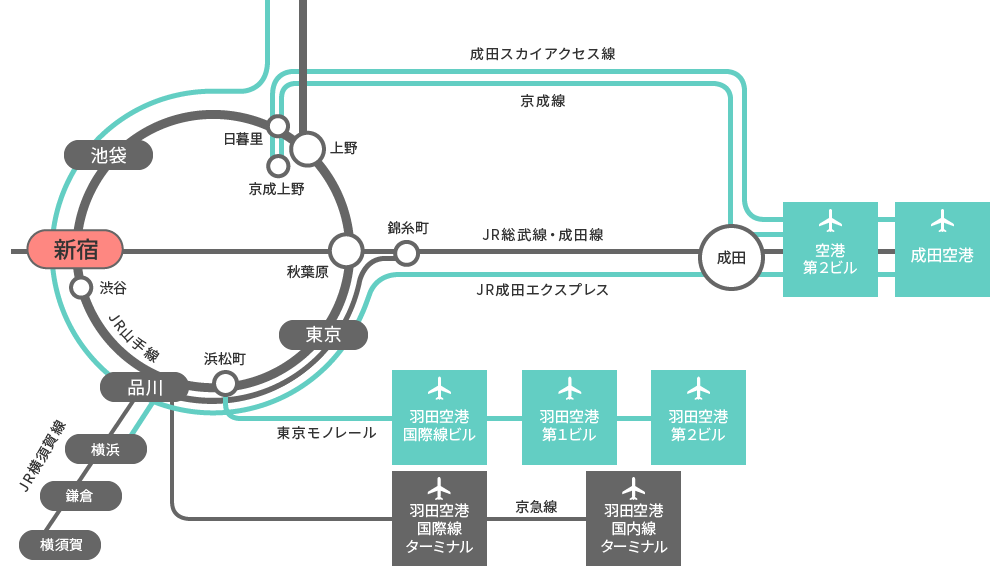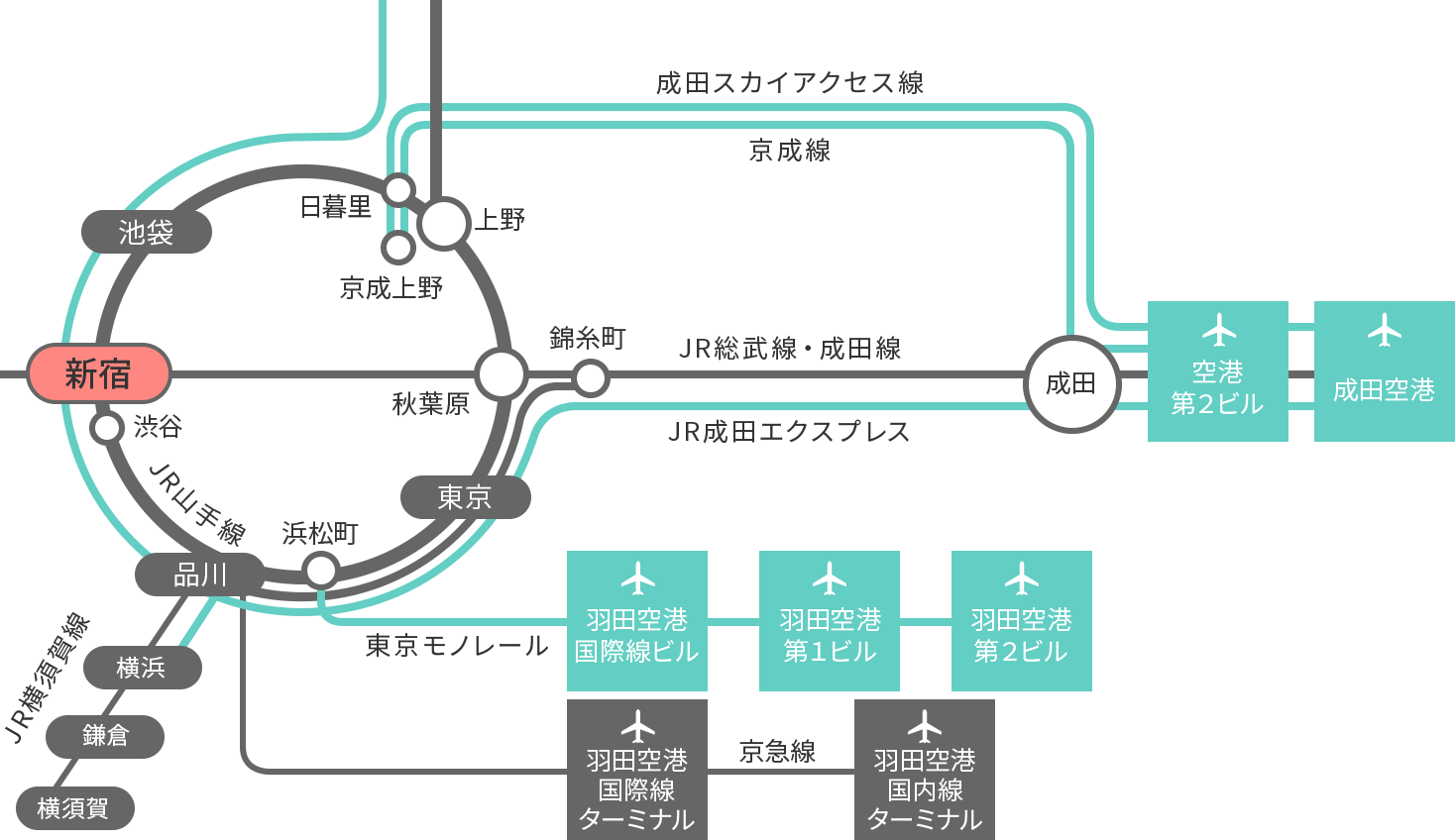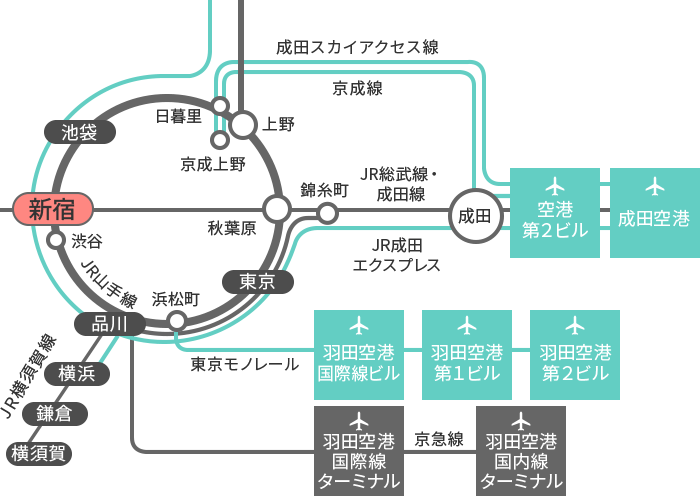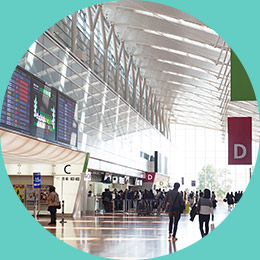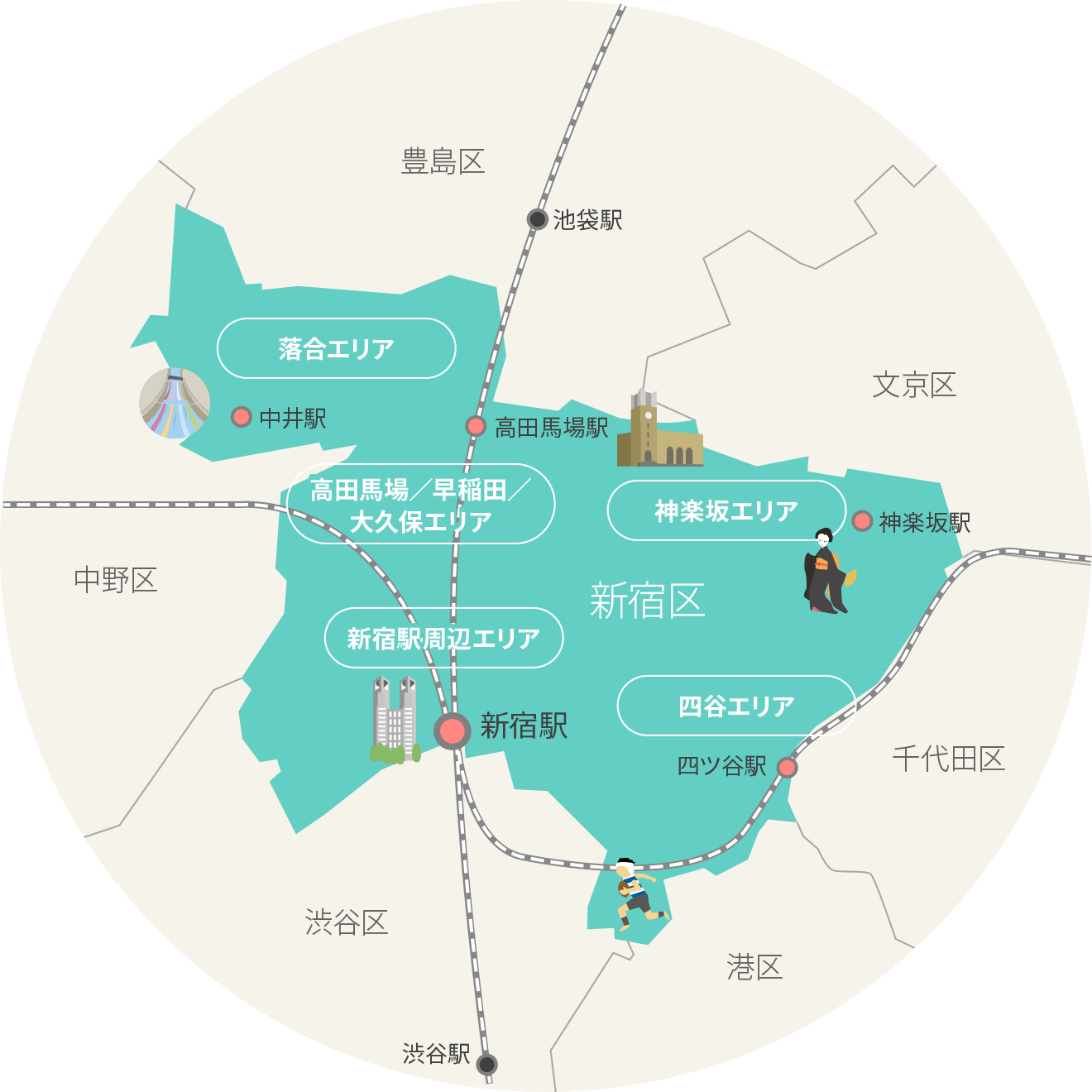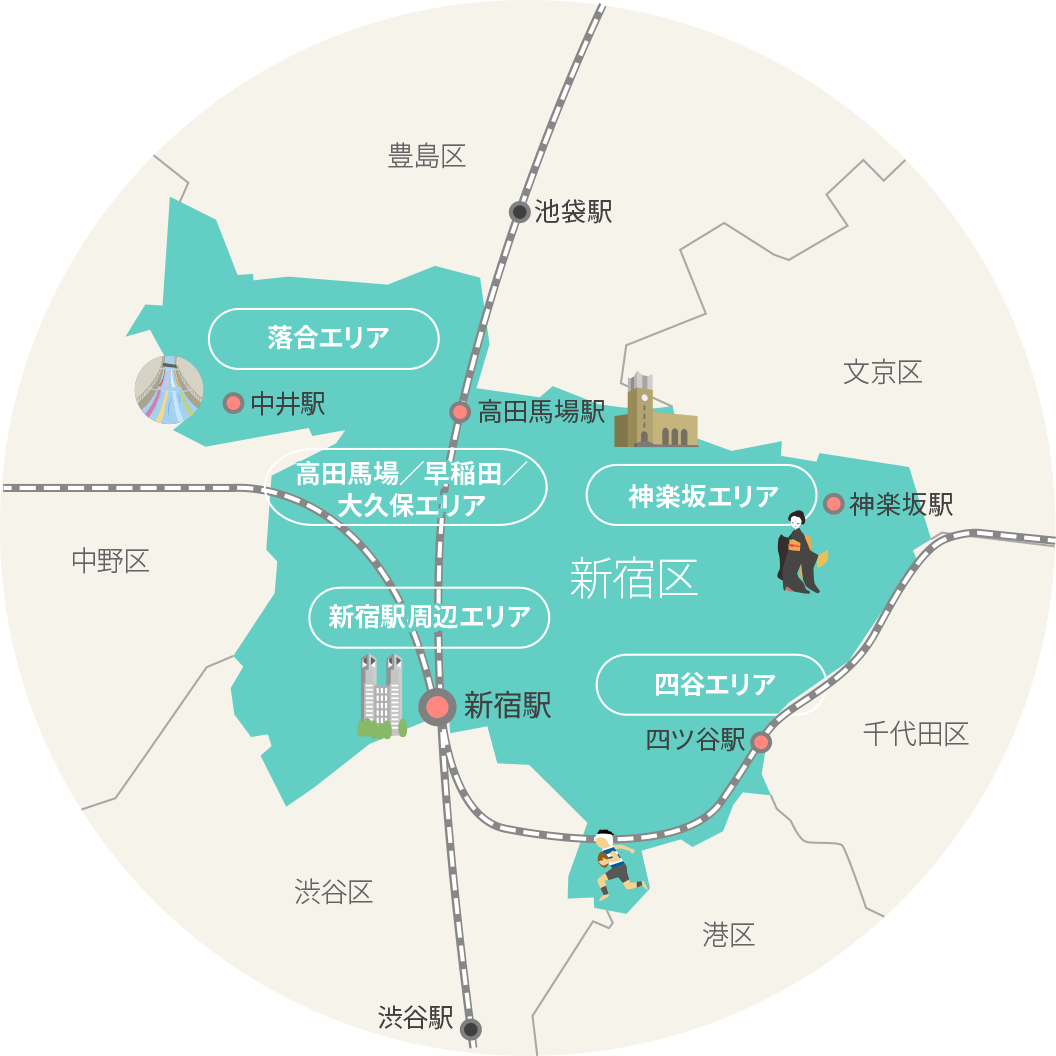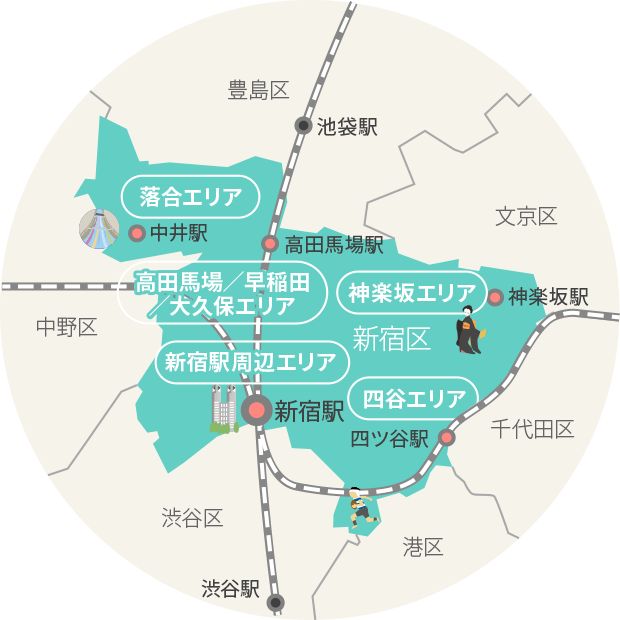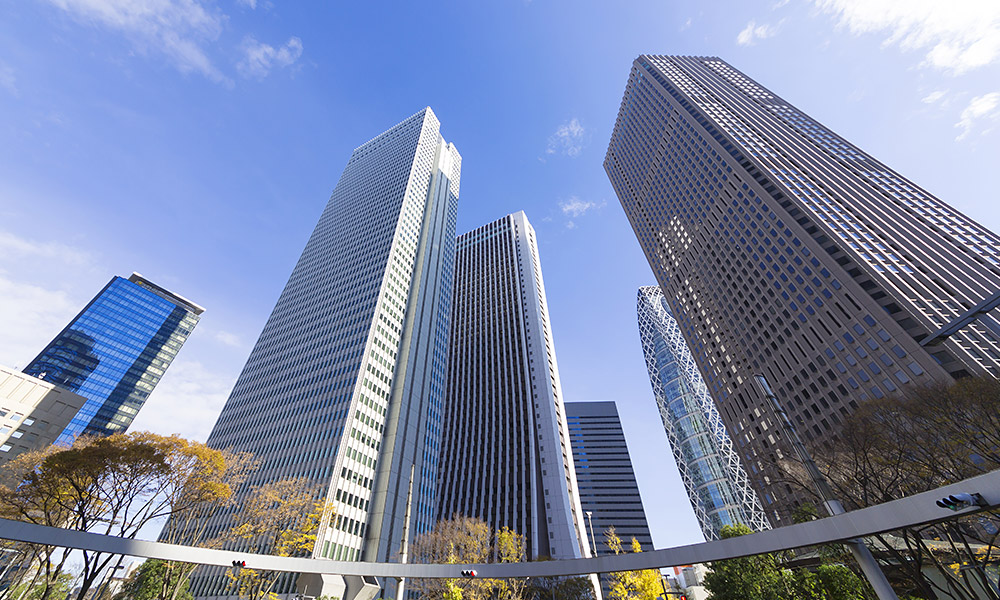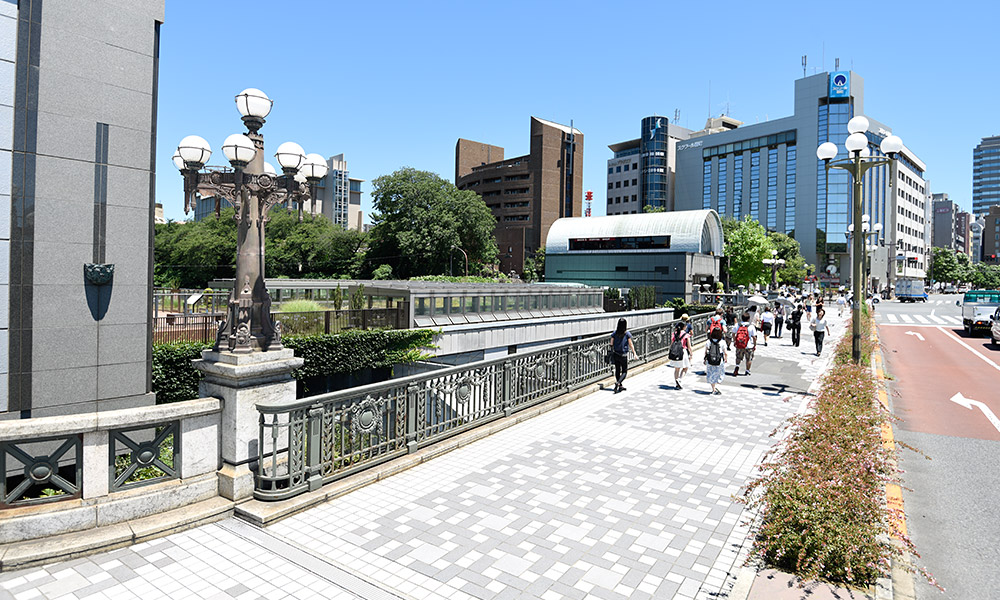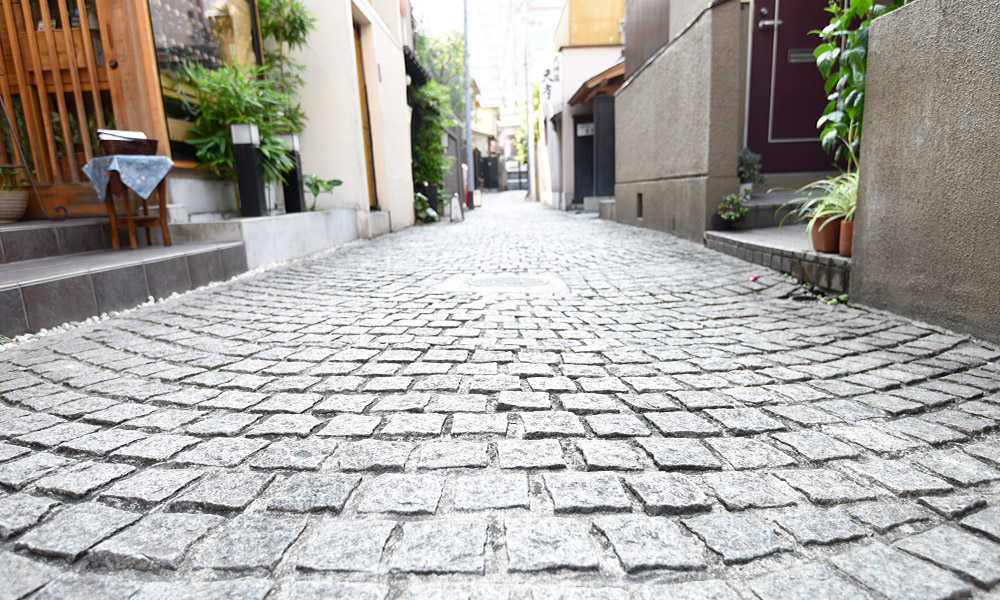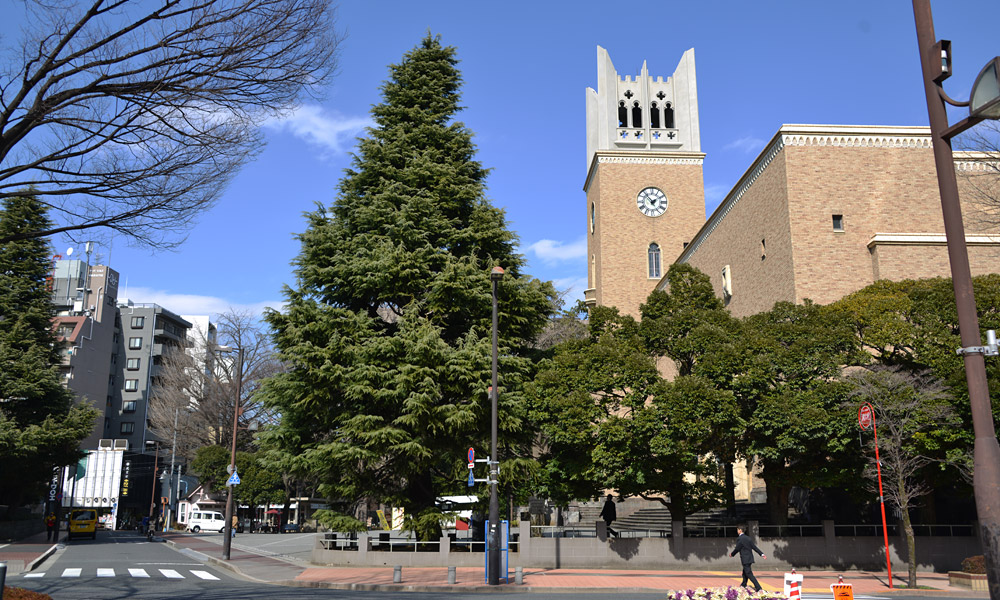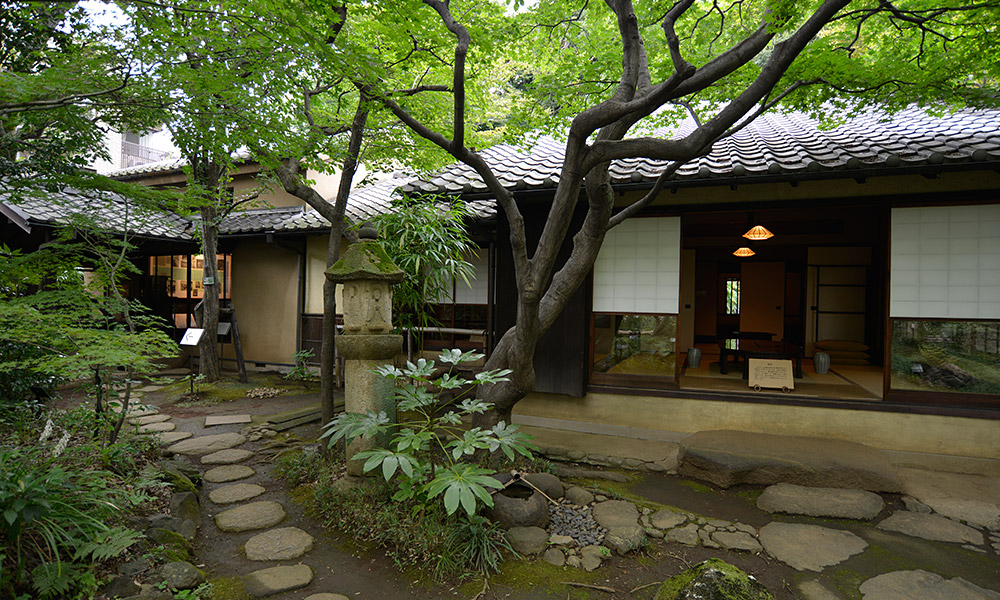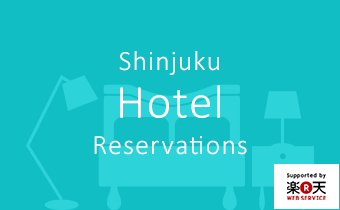Welcome to Shinjuku
Shopping, culture, entertainment…. Shinjuku-ku, the city of many fascinating spots to see, is always full of many people.
Around Shinjuku Station, you can enjoy the largest shopping area where there are bustling streets and skyscrapers.
If you go on a little further, you can also visit museums, noh theaters, and Shinto shrines,
Shinjuku overflows with many spots that enable you to feel Japan’s unique culture
With its various attraction, Shinjuku brings you special experience.
Location of Shinjuku
Shinjuku is one of the 23 special wards in Tokyo, the capital of Japan.
It is located at the center of all the 23 wards, and has the Metropolitan Government.
Access to Shinjuku Station
If you come from Haneda Airport, Narita Airport, or Tokyo Station to Shinjuku Station, it is convenient to use train or bus.
- From Tokyo International Airport (Haneda Airport) to Shinjuku Station
- To Shinjuku Station, both train and bus arrive in about 40 minutes.
*Arrival time is mixed up by traffic condition
Using train to Shinjuku Station
Means of transportation
Route
The time required
- Monorail/JR
- Haneda Airport → Hamamatsucho Station → Shinjuku Station
- About 36 minutes
- Keikyu Railway Corporation/JR
- Haneda Airport → Shinagawa Station → Shinjuku Station
- About 46 minutes
Using bus to Shinjuku Station
Means of transportation
Route
The time required
- Bus
- Haneda Airport → Shinjuku Station
- About 35-75 minutes
- From Narita International Airport to Shinjuku Station
- From Narita Airport, train arrives by bus in approximately one and a half hours for approximately one hour.
*Arrival time is mixed up by traffic condition
Using train to Shinjuku Station
Means of transportation
Route
The time required
- Skyliner/JR Yamanote Line
- Narita Airport → Nippori Station → Shinjuku Station
- About 60 minutes
- Narita SKY ACCESS Line/JR Yamanote Line
- Narita Airport → Nippori Station → Shinjuku Station
- About 70 minutes
- Keisei Line/JR Yamanote Line
- Narita Airport → Nippori Station → Shinjuku Station
- About 100 minutes
- JR Narita Express
- Narita Airport → Shinjuku Station
- About 80 minutes
Using bus to Shinjuku Station
Means of transportation
Route
The time required
- Bus
- Narita Airport → The Shinjuku Station west exit
- About 85-145 minutes
- Means of transportation link
-
Haneda Airport (traffic Access)
Narita International Airport (traffic Access)
Tokyo Monorail
Airport limousine
Keisei Electric Railway
Keikyu Railway Corporation
JR East
Main area of Shinjuku-ku
We divide Shinjuku-ku where is full of the highlight into five areas and introduce.
